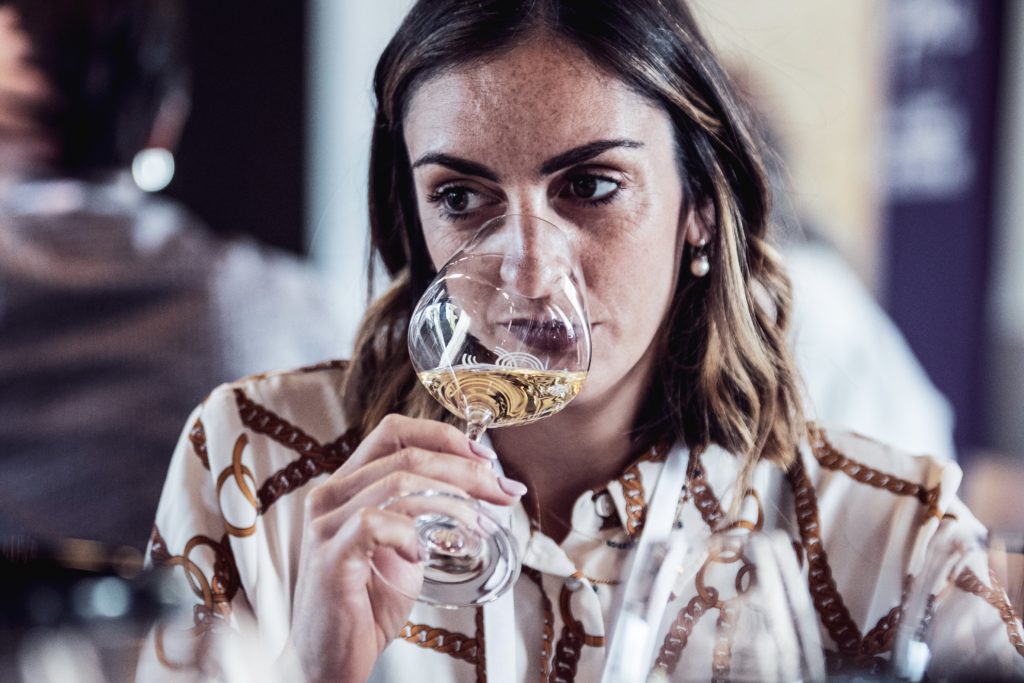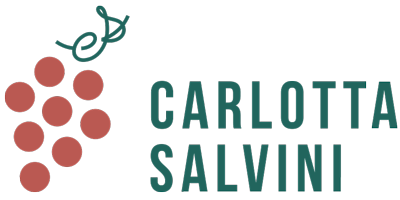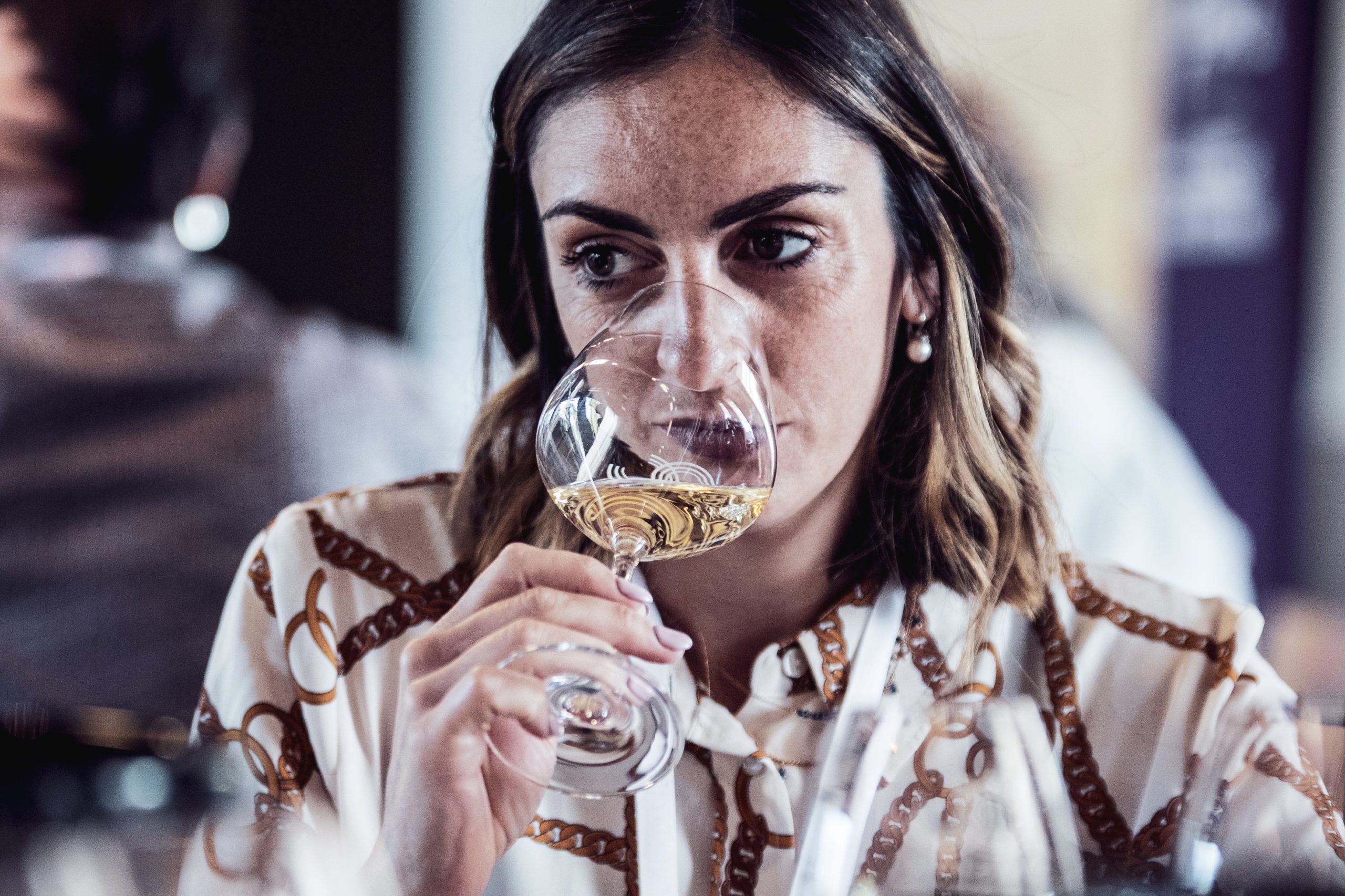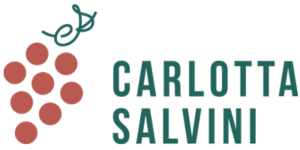Is the blind tasting for experts only? Or could it be a new way of experiencing a glass of wine without external context?

“Wine tasting is as attractive in appearance as it is severe in practice” said Émile Peynaud French winemaker and researcher who has been defined “the ancestor of modern enology “of the 20th century. He wasn’t completely wrong, tasting requires concentration and a remarkable interpretative ability.
When it’s blind (by covering the label) things get complicated, only in appearance. It is believed to be a discipline reserved for wine expert professional tasters, and some find it incredibly daunting because it is among the most difficult step of one’s career or certification.
Although it is a practice that requires criteria and method, I think it can be applied at any stage of wine training even for beginners. It requires only a minimum of sensory analysis knowledge on the organoleptic components of wine, curiosity and a pinch of self-criticism.
Rather than feel negatively towards the sense of not-knowing, curiosity can be much more rewarding and fun. Tasting blind isn’t simply about gathering details and guessing the right identity. The more careful experience is one that tests your senses to deeply examine what’s happening when you taste, and pushing oneself to notice more details.
Here are five tips to explore blind wine tasting in your home, light on pressure, heavy on enjoyment.
1- Don’t get straight to the point
When approaching to a blind tasting, don’t feel forced to go straight to the destination, to think about what the wine is, trying it reminds you similar tastings. Rather, it is important to focus on flavors, aromas and structural elements and understand what they are due to (climate, vinification, grape variety …)
2- Deductive approach
For most of us, we feel more open and relaxed when there isn’t much pressure. Removing the sense that we are the object of examination, rather than the wine, is key. It’s also important that the process is affordable, easy and fun.
3- Instinct is not always right
It is the unconscious brain mechanisms that prevent one from changing one’s mind even in the evidence of the facts. Yes the confirmation BIAS are also in wine. The taster feels what he expects to taste. This is why, sometimes, blind tasting leads to disconcerting and completely different results from that ones made with the visible label.
4- Make the rules
The pro and cons of blind tasting is that there are no rules, but to make it productive and effective we need to set up the criteria and how to choose the wines to be tasted and on which aspects we want to investigate. Do you want to compare two bottles? Four bottles? Do you prefer to have a friend around as an extra set of hands? Someone else to taste along and compare notes? Same grape variety from different areas, or two white grape varieties. There are endless possibilities!
5- Comparative method
When approaching a wine tasting it is important to adopt comparison as an investigative method, therefore based on 2 or more wines. It allows us to have a solid capacity in discrimination: it is not easy to establish whether the acidity of a wine itself is high or low, or if the aromas are more or less intense, but when compared with another, everything becomes easier. Have fun!


